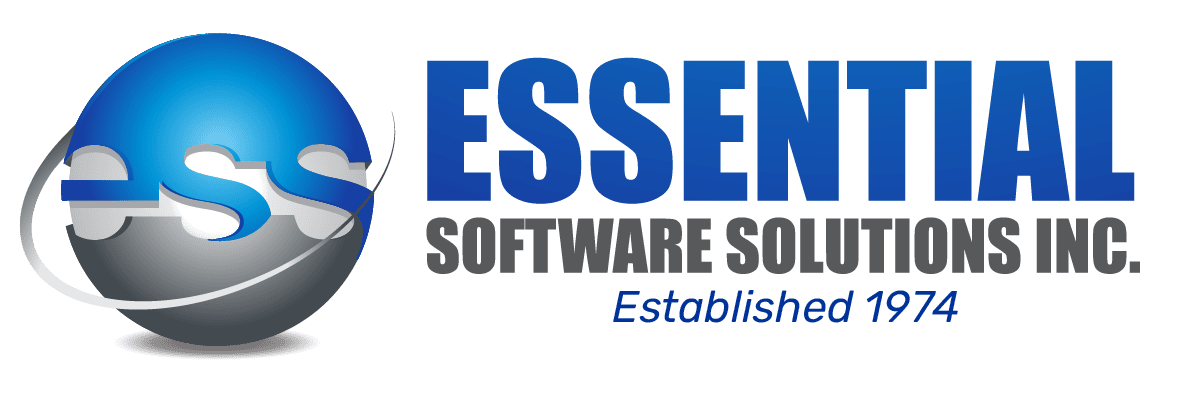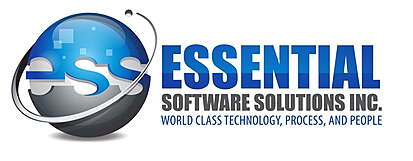The medical device market is currently one of the most competitive and bullish arenas in the business world. Globally, it’s predicted to reach $343 billion by 2021, growing at a CAGR of 4.6%. There are various factors feeding into that growth, but the real catalyst is the aging demographic of baby boomers (people born between 1946 and 1964). According to the American Association of Retired Persons (AARP) there are over 76-million baby boomers in the US alone, and the number of Americans age 65 and over will double in the next 30 years. All of this is creating enormous demand for medical services, as well as for medical devices. Medical device manufacturers have been traditionally conservative in their approach to business software. Compliance with the FDA and other regulatory bodies is mandatory, and necessitates some of the most rigorous quality assurance programs in manufacturing. This, in my opinion, is one of the foremost reasons why Software as a Service (SaaS) offerings are only now being adopted in the medical device arena. As the space heats up, however, device companies are realizing that the writing is on the wall: the old ways of running a business are falling to new, more competitive modes of manufacturing. Modern device manufacturers are under mounting pressure to become agile in the face of volatile market dynamics. It’s imperative to react quickly to counter price and cost pressures, to adapt without fuss to a constantly evolving regulatory environment, and to accelerate innovation and production schedules. In addition, to compete successfully in the future, device companies need to incorporate nascent technologies, such as Big Data and the Internet of Things.
- ESS
- About Us
- Industries
- Manufacturing
- Metal Fabrication
- Aerospace & Defense Manufacturing
- Windows and Doors Manufacturing
- Industrial Equipment Manufacturing
- Plastic Fabrication & Manufacturing
- High Tech and Electronics
- Medical Device Manufacturing
- Pharmaceutical Manufacturers
- Prefab and Modular Home Manufacturing
- Furniture Manufacturing
- Process Manufacturing
- Marine and Boat Manufacturing
- Service Management
- Manufacturing
- Solutions
- More











